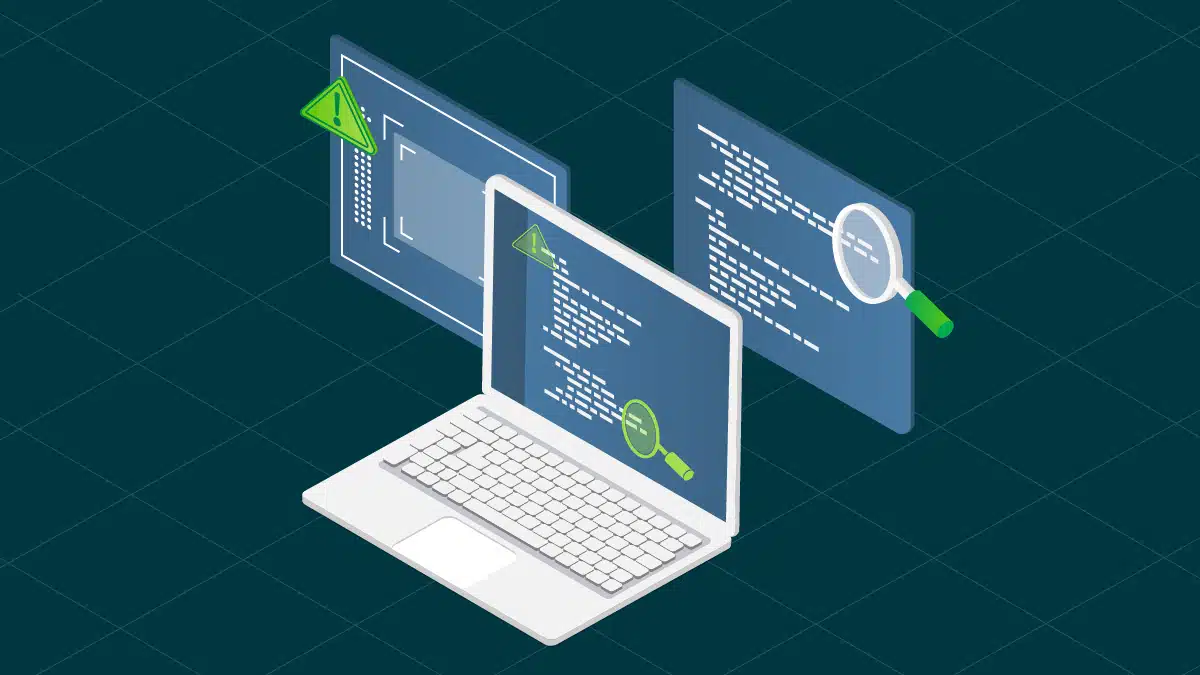In the ever-evolving world of cybersecurity, there’s a relentless push to stay ahead of potential threats. For development teams and cybersecurity professionals, two methodologies have emerged as leaders in the realm of application security in pre-production: Static Application Security Testing (SAST) and Dynamic Application Security Testing (DAST). Each offers its own unique advantages, but when integrated, adopting a layered approach, they form a potent defense mechanism against vulnerabilities. Even more crucially, their combined strength can significantly reduce alert fatigue and assist AppSec and developer teams align priorities around these alerts based on risk and likelihood of specific attack vectors.

Understanding SAST and DAST
Before diving into the benefits of their integration, let’s briefly explore what each of these methods entails:
– SAST: Often referred to as “white box security testing”, SAST involves examining the application’s source code, bytecode, or binary code for vulnerabilities without executing the program. It can identify potential vulnerabilities early in the development lifecycle, making it easier and less costly to fix. SAST identifies potential open attack vectors in the code, but the why the application is deployed can differ between real vulnerabilities to issues that are not really applicable as attack vectores when the application is deployed.,
– DAST: Dubbed “black box security testing”, DAST analyzes running applications, usually from an outsider’s perspective. It simulates how an attacker might exploit potential vulnerabilities in a live environment, without any prior knowledge of the internal workings of the application.
The Synergistic Integration
When you combine the introspective scrutiny of SAST with the external probing capabilities of DAST, the result is a holistic and layered approach to application security. Here’s why this union is groundbreaking:
1. Comprehensive Coverage: While SAST can identify potential vulnerabilities in the codebase, DAST can catch runtime vulnerabilities and issues stemming from the application’s environment or configuration. This dual approach ensures that both the application’s code and its behavior in a live setting are thoroughly vetted. DAST can simulate real-world attacks to check if vulnerabilities identified by SAST are genuinely exploitable. This gives a practical dimension to the theoretical findings of SAST.
2. Efficient Remediation: SAST provides detailed information about exactly where the vulnerability exists in the codebase, while DAST verifies and offers insights into how that vulnerability might be exploited. With this combined knowledge, developers can prioritize and address the most critical threats first, ensuring resources are utilized effectively.
3. Continuous Security: Both SAST and DAST can be integrated into the Continuous Integration/Continuous Deployment (CI/CD) pipeline. This means security checks can be automated and performed frequently, ensuring that vulnerabilities are detected and addressed as soon as they emerge.
Tackling Alert Fatigue
Alert fatigue occurs when security professionals are inundated with a multitude of alerts, many of which may be false positives or alerts of low priority. This constant barrage can lead to desensitization, causing teams to overlook or dismiss critical alerts. Given the high stakes in cybersecurity, this is a risk organizations cannot afford. So, how does the integration of SAST and DAST help?
1. Reduced False Positives: By corroborating findings from both methods, there’s a higher likelihood that the vulnerabilities identified are genuine. For instance, a vulnerability detected by SAST can be confirmed by DAST in a runtime environment, ensuring it’s not just a theoretical risk but a tangible one.
2. Prioritization of Alerts: With insights from both static and dynamic testing, security teams can differentiate between minor issues and critical vulnerabilities that need immediate attention. This helps in streamlining alerts and ensuring teams focus on what truly matters.
3. Streamlined Workflow: An integrated approach means there’s a single dashboard or interface where vulnerabilities from both SAST and DAST are presented. This consolidation reduces the cognitive load on security professionals, allowing them to process and act on alerts more efficiently.
4. Efficient Remediation: With insights from both static and dynamic testing, developers can pinpoint the exact location of vulnerabilities in the codebase and understand their real-world impact. This makes the remediation process faster and more effective.
Conclusion
In the complex landscape of application security, relying on a single method to detect vulnerabilities is no longer sufficient. By harnessing the strengths of both SAST and DAST, organizations can not only bolster their defenses but also create a more manageable and focused alert system.
Remember, it’s not just about finding vulnerabilities; it’s about understanding their potential impact, prioritizing them, and addressing them effectively. By integrating SAST and DAST, businesses can achieve just that, all while ensuring their security teams remain vigilant, responsive, and not overwhelmed by a sea of alerts.
In conclusion, when SAST and DAST are used together, they provide a holistic view of both the internal and external security vulnerabilities of an application, ensuring that it’s secured against potential threats. This combined approach enhances the depth and breadth of security testing, making applications more resilient to cyber threats.




